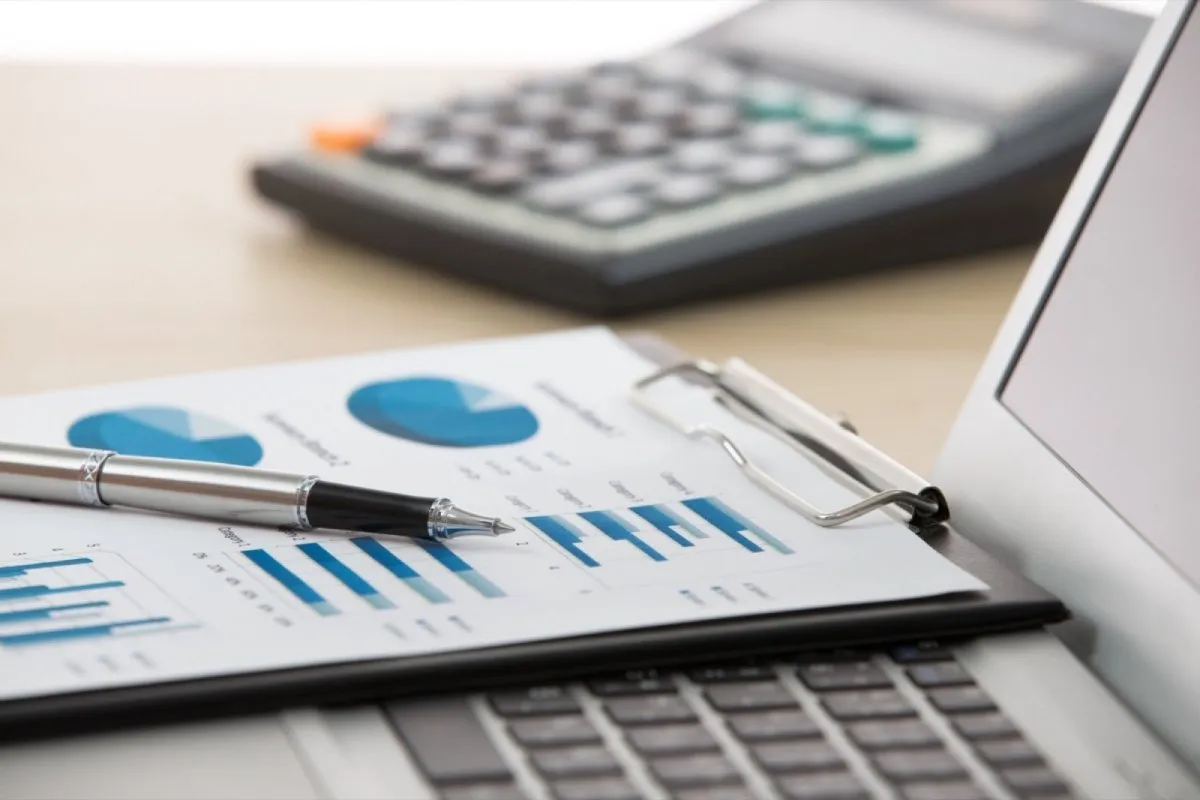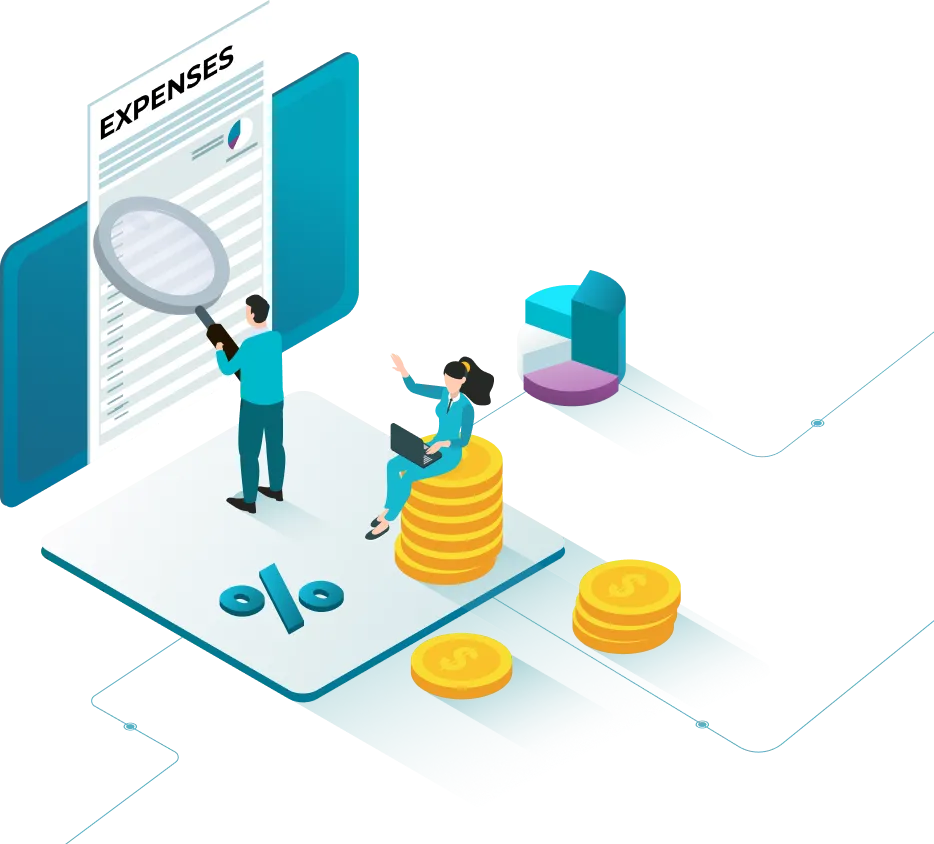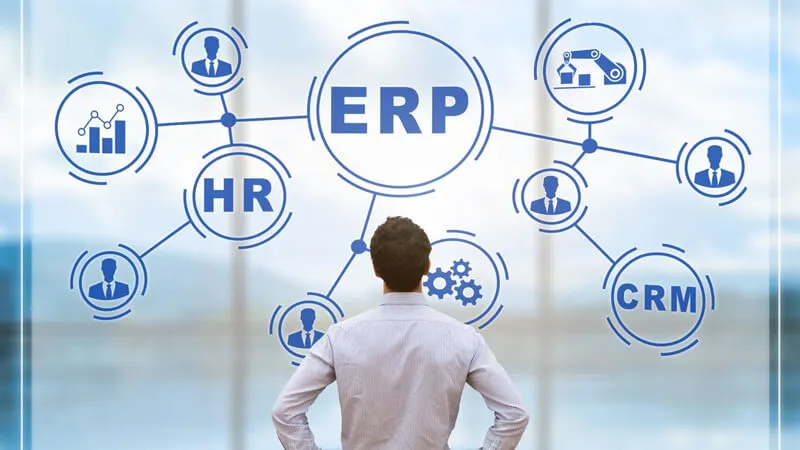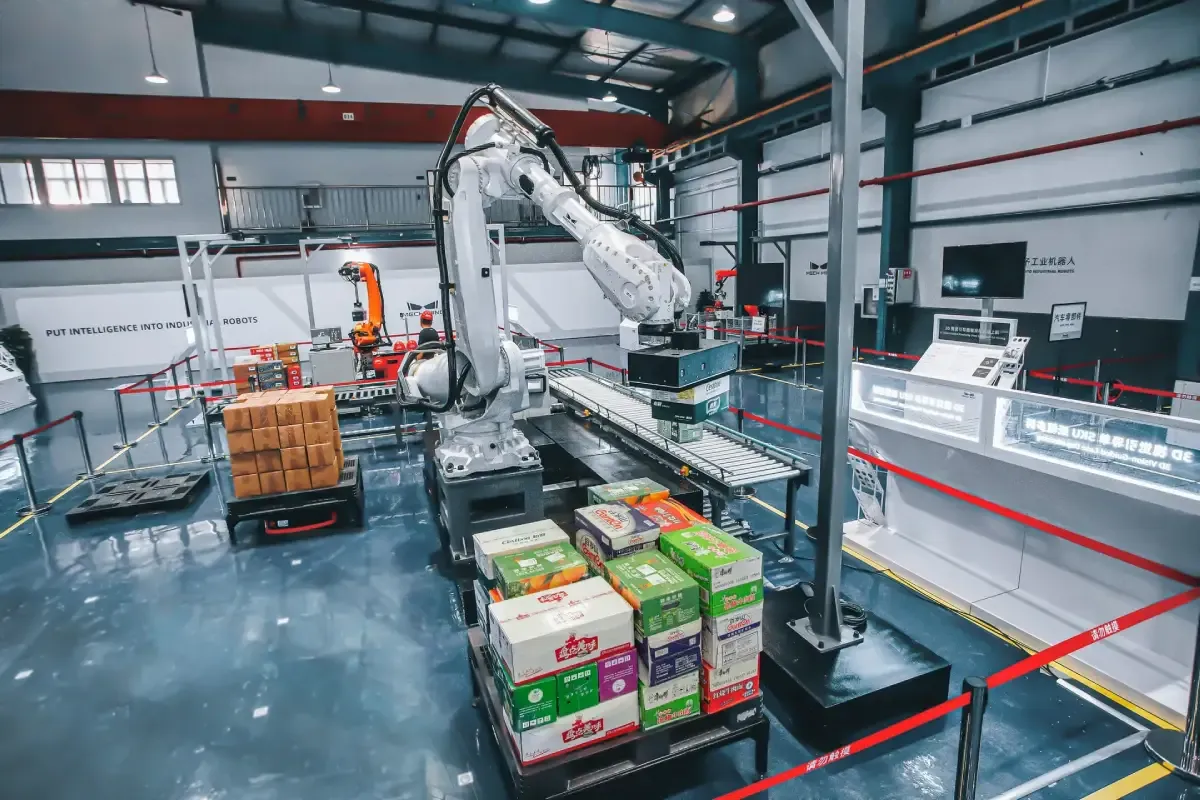Cost accounting plays a pivotal role in the financial landscape of any organization. In this exploration, we will delve into the world of cost accounting, shedding light on its significance, objectives, and how it shapes effective business management. By understanding the principles and goals of cost accounting, businesses can wield a powerful tool to enhance efficiency, allocate resources judiciously, and ultimately pave the way for sustainable growth.
>>>> Read More: Viindoo Accounting

Cost Accounting and Its Objectives in Business Management
Cost Accounting is a specialized branch of accounting that focuses on systematically recording, analyzing, and managing the costs incurred in the production of goods or services within an organization. Its primary aim is to provide valuable insights into the various cost components involved in the production process, enabling informed decision-making and effective cost control.
Controlling Cost Accounting to Influence Business Strategy
Understanding production costs and implementing effective cost management practices are vital for the sustained succeObjectives of Cost Accounting in Business Management:
- Cost Determination: One of the key objectives of Cost Accounting is to accurately determine the cost of producing goods or providing services. This involves tracking both direct costs (materials, labor, etc.) and indirect costs (overhead expenses) associated with the production process.
- Cost Control: Cost Accounting helps in identifying cost variations and deviations from established budgets or standards. By analyzing these discrepancies, businesses can take corrective measures to control costs and prevent wastage.
- Profitability Analysis: Cost Accounting facilitates a detailed analysis of the profitability of different products, services, projects, or departments. It helps businesses focus on high-profit areas and make informed decisions about resource allocation.
- Pricing Decisions: Understanding the cost structure allows businesses to set appropriate prices for their products or services. Cost Accounting helps in ensuring that prices cover all relevant costs while remaining competitive in the market.
- Decision Making: By providing accurate cost data, Cost Accounting assists management in making well-informed decisions regarding production methods, outsourcing, resource allocation, and discontinuation of unprofitable products or services.
- Performance Evaluation: Cost Accounting aids in evaluating the performance of different departments, managers, or projects based on their cost-efficiency. This information helps identify areas for improvement and recognize successful endeavors.
- Budgeting and Planning: Effective budgeting and planning require a thorough understanding of costs. Cost Accounting provides insights that are crucial for setting realistic budgets and developing effective strategies.
- Inventory Valuation: Cost Accounting contributes to determining the value of inventory on hand, which impacts financial statements and tax obligations. Various cost methods, such as FIFO or LIFO, can be used for inventory valuation.
- Resource Allocation: By analyzing the cost and profitability of various activities, Cost Accounting helps businesses allocate resources optimally and align them with strategic objectives.
- Continuous Improvement: Cost Accounting provides a platform for continuous improvement by highlighting areas of inefficiency or waste. This encourages businesses to streamline processes and enhance overall efficiency.
The benefits of cost accounting in business
In essence, Cost Accounting serves as a valuable tool for businesses to understand, manage, and optimize their costs, leading to better financial performance, strategic decision-making, and overall competitiveness in the market and competitiveness of any business. Here's why they are so important:
Informed Decision-Making
A clear understanding of production costs allows businesses to make informed decisions about pricing, product offerings, and resource allocation. Accurate cost data enables management to assess the profitability of different options and choose the most viable ones.


Pricing Strategy
Production costs directly influence pricing decisions. Setting prices too low may lead to losses, while pricing too high can deter customers. Understanding costs helps strike the right balance between profitability and competitiveness.
Profit Maximization
Effective cost management helps increase profitability by reducing unnecessary expenditures. Identifying cost-saving opportunities and minimizing wastage contribute directly to maximizing profits.


Competitiveness
In competitive markets, businesses need to offer products or services at competitive prices without compromising quality.
Effective cost management enables businesses to remain competitive while maintaining profitability.
Resource Allocation
Properly managing costs allows businesses to allocate resources, such as labor and materials, more efficiently.
This prevents overallocation to less profitable activities and ensures resources are utilized optimally.


Budgeting and Planning
Accurate cost information is essential for creating realistic budgets and effective business plans. Proper budgeting ensures that resources are allocated appropriately and financial goals are achievable.
Performance Evaluation
Understanding production costs aids in evaluating the performance of various departments, products, or projects. It helps identify areas of high efficiency and those in need of improvement


Risk Mitigation
Effective cost management reduces financial risks by identifying potential cost overruns and inefficiencies early on. This allows timely corrective actions to be taken.
Sustainable Growth
Businesses that manage costs effectively are better positioned to invest in research, development, innovation, and expansion. This leads to sustainable growth and market relevance.


Long-Term Viability
Uncontrolled costs can lead to financial instability and business failure. By managing costs proactively, businesses enhance their long-term viability and resilience.
Customer Satisfaction
Efficient cost management can lead to improved product quality and lower prices for customers. This, in turn, enhances customer satisfaction and loyalty.


Regulatory Compliance
Understanding and managing costs are essential for complying with financial regulations and reporting standards. Accurate cost data ensures transparent and accurate financial reporting.
Types of Cost Accounting
Let's delve into more detail about the different types of costs:
Fixed Costs
Fixed costs are expenses that remain constant regardless of changes in production levels or sales volume. These costs do not fluctuate and are often associated with the basic operational infrastructure of a business. Examples of fixed costs include:
- Rent or lease payments for office space, buildings, or equipment.
- Loan repayments for equipment or capital investments.
- Insurance premiums that remain the same regardless of production changes.
- Salaries of employees on long-term contracts.
Regardless of whether a company produces one unit or a thousand units, fixed costs remain stable. It's essential to cover these costs to maintain the business's operations, regardless of its production output.
Variable Costs
Variable costs are directly tied to the level of production or sales. As production increases or decreases, these costs also rise or fall accordingly. Variable costs are often incurred to support the immediate needs of producing goods or services. Examples of variable costs include:
- Raw materials and components used in the production process.
- Labor costs for temporary or part-time workers hired during peak production periods.
- Direct utility costs such as electricity and water, which increase as production activity rises.
- Packaging materials that are used to package finished products.
Businesses need to manage variable costs efficiently to control expenses and maintain profitability, especially during fluctuations in demand.
Operating Costs
Operating costs encompass all expenses required to run a business on a daily basis. These costs can include both fixed and variable components, depending on the specific situation. Examples of operating costs are:
- Salaries and wages of employees involved in day-to-day operations.
- Office supplies, maintenance, and repairs.
- Marketing and advertising expenses.
- Utilities like electricity, heating, and cooling.
- Rent or lease payments for office space or equipment, which might vary based on usage.
Operating costs are essential for the smooth functioning of a business and contribute to its overall operational efficiency.
Direct Costs
Direct costs are expenses that can be directly attributed to producing a specific product or service. These costs are traceable to a particular unit of production and are often used to calculate the cost of goods sold (COGS). Examples of direct costs include:
- Raw materials and components used in the manufacturing process.
- Labor costs directly associated with producing a product, such as assembly line workers.
- Packaging and shipping costs specific to a particular product.
Accurate tracking of direct costs is crucial for pricing decisions, profitability analysis, and understanding the true cost of producing each unit.
Indirect Costs
Indirect costs, also known as overhead costs, are expenses that cannot be directly tied to a specific product or project. These costs support the overall business operations but are not easily allocable to individual units of production. Examples of indirect costs include:
- Rent or lease payments for shared office space.
Administrative salaries. - General utilities that benefit the entire facility.
- Depreciation of shared equipment or facilities.
Indirect costs are often allocated across different products or projects using allocation methods based on usage, square footage, or other relevant metrics.
By understanding these different types of costs and their implications, businesses can make informed decisions, optimize their cost structures, and ensure efficient financial management.
Difference between Cost Accounting and Financial Accounting
Cost Accounting and Financial Accounting are two distinct branches of accounting that serve different purposes within an organization. Here's a comparison of their key differences:
Purpose and Focus
Cost Accounting: The primary focus of cost accounting is to analyze and manage the costs associated with producing goods or services. It helps internal management make informed decisions about pricing, resource allocation, and cost control.
Financial Accounting: Financial accounting is concerned with recording and reporting an organization's financial transactions and performance to external stakeholders, such as investors, creditors, and regulatory bodies.
Audience
Cost Accounting: The audience for cost accounting information is primarily internal to the organization, including managers, executives, and operational teams.
Financial Accounting: The audience for financial accounting information includes external parties such as investors, shareholders, lenders, and regulatory agencies.
Reporting Frequency
Cost Accounting: Cost accounting reports are generated as needed by management to support decision-making. They can be prepared frequently, even daily, to monitor ongoing operations.
Financial Accounting: Financial accounting reports are typically prepared at the end of specific accounting periods, such as quarterly or annually, to provide a snapshot of the company's financial position and performance.
Regulatory Standards
Cost Accounting: There are no specific regulatory standards that cost accounting must follow. It is tailored to the needs of the organization and can vary widely.
Financial Accounting: Financial accounting is governed by Generally Accepted Accounting Principles (GAAP) or International Financial Reporting Standards (IFRS), which provide standardized guidelines for reporting financial information.
Scope
Cost Accounting: It focuses on detailed analysis of costs, including direct and indirect costs, to aid in cost control, pricing decisions, and resource allocation.
Financial Accounting: It provides a broader overview of a company's financial health, including reporting on assets, liabilities, equity, revenues, and expenses.
Reporting Format
Cost Accounting: The reports generated in cost accounting are often internal and can be tailored to meet the specific needs of management. They may use various formats and presentation styles.
Financial Accounting: Financial statements, such as the balance sheet, income statement, and cash flow statement, follow standardized formats for external reporting and comparability.
Valuation
Cost Accounting: Cost accounting focuses on valuing inventory based on cost, often using methods like FIFO (First-In-First-Out) or LIFO (Last-In-First-Out).
Financial Accounting: Financial accounting values assets, liabilities, and equity at historical cost or fair market value, depending on the specific item.
In summary, while both Cost Accounting and Financial Accounting are essential for effective business management, they serve different purposes and cater to different audiences. Cost Accounting provides insights into production costs and internal decision-making, whereas Financial Accounting focuses on external reporting for stakeholders and compliance with regulatory standards.
Maximizing Cost Accounting Efficiency: The Impact of ERP Integration
Implementing an ERP (Enterprise Resource Planning) system for cost accounting offers numerous advantages in managing and optimizing costs. Here's how ERP can be specifically applied to cost accounting:
Data Centralization
ERP centralizes all financial data, including cost-related information, in a single system. This ensures that data is accurate, consistent, and readily available for cost accounting analysis.

Cost Tracking
ERP enables real-time tracking of various costs, including direct and indirect costs, variable and fixed costs, and overhead.
In conclusion, utilizing an ERP (Enterprise Resource Planning) system in the realm of cost accounting not only brings forth remarkable benefits but also opens doors to optimizing cost management and control efficiently.
The ability to integrate data, track costs in real-time, and provide diverse insights contributes to a comprehensive understanding of cost structures, enabling businesses to make intelligent and rational decisions.
The incorporation of ERP in cost accounting not only reshapes how businesses manage expenses but also propels competitiveness and fosters sustainable growth in an increasingly competitive business landscape.expenses. This allows for better control and monitoring of cost fluctuations.

Standardized Processes
ERP streamlines and standardizes cost accounting processes across departments. This reduces errors, minimizes duplication of efforts, and ensures uniformity in cost allocation methods.
Accurate Allocation
ERP systems offer advanced allocation methods, such as activity-based costing (ABC), to allocate indirect costs accurately. This helps distribute overhead costs to products, projects, or departments based on their actual consumption of resources.
Integration with Operations
ERP integrates cost accounting with production and inventory management. This helps in tracking material usage, labor hours, and machine time directly linked to specific products.
Real-time Reporting
ERP generates real-time cost reports, helping managers and decision-makers access up-to-date information about costs, profitability, and performance.
Cost Variance Analysis
ERP assists in comparing actual costs with budgeted or standard costs. This enables businesses to identify cost variances and take corrective actions promptly.
Project Cost Management
ERP aids in managing costs for specific projects by allocating expenses accurately and tracking project-related expenses in real time.
Historical Data
ERP stores historical cost data, enabling trend analysis and comparisons over different periods. This helps in making informed decisions based on past performance.
Compliance and Audit Trail
ERP systems maintain an audit trail of cost-related transactions, ensuring transparency, accuracy, and compliance with accounting standards.
Integration with Financials
ERP seamlessly integrates cost accounting with financial accounting, providing a comprehensive view of financial health and performance.

Implementing an ERP system for cost accounting enhances accuracy, efficiency, and visibility in managing costs, allowing businesses to make well-informed decisions and optimize their resource allocation.
In conclusion, utilizing an ERP (Enterprise Resource Planning) system in the realm of cost accounting not only brings forth remarkable benefits but also opens doors to optimizing cost management and control efficiently. The ability to integrate data, track costs in real-time, and provide diverse insights contributes to a comprehensive understanding of cost structures, enabling businesses to make intelligent and rational decisions. The incorporation of ERP in cost accounting not only reshapes how businesses manage expenses but also propels competitiveness and fosters sustainable growth in an increasingly competitive business landscape.
>>>> See More:
